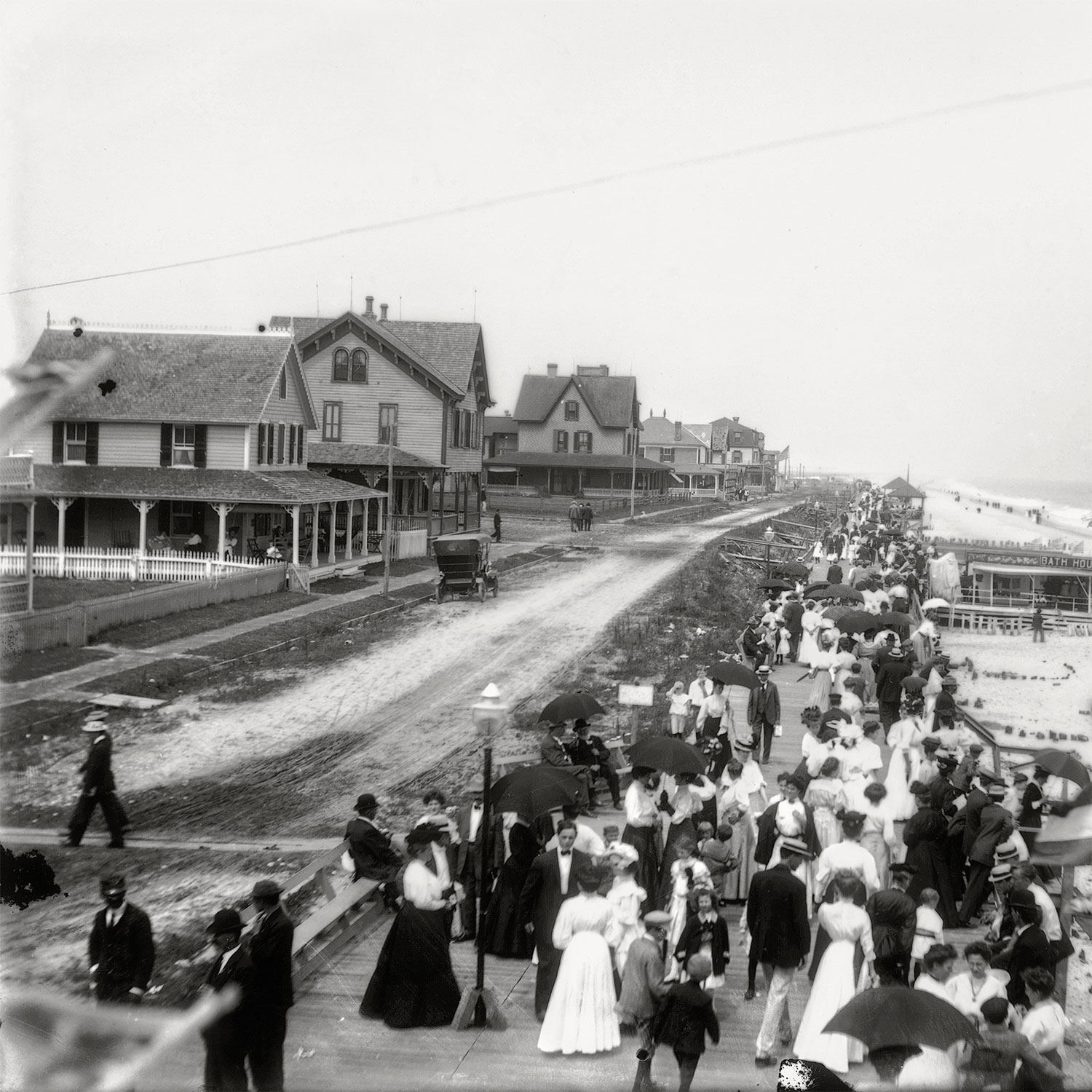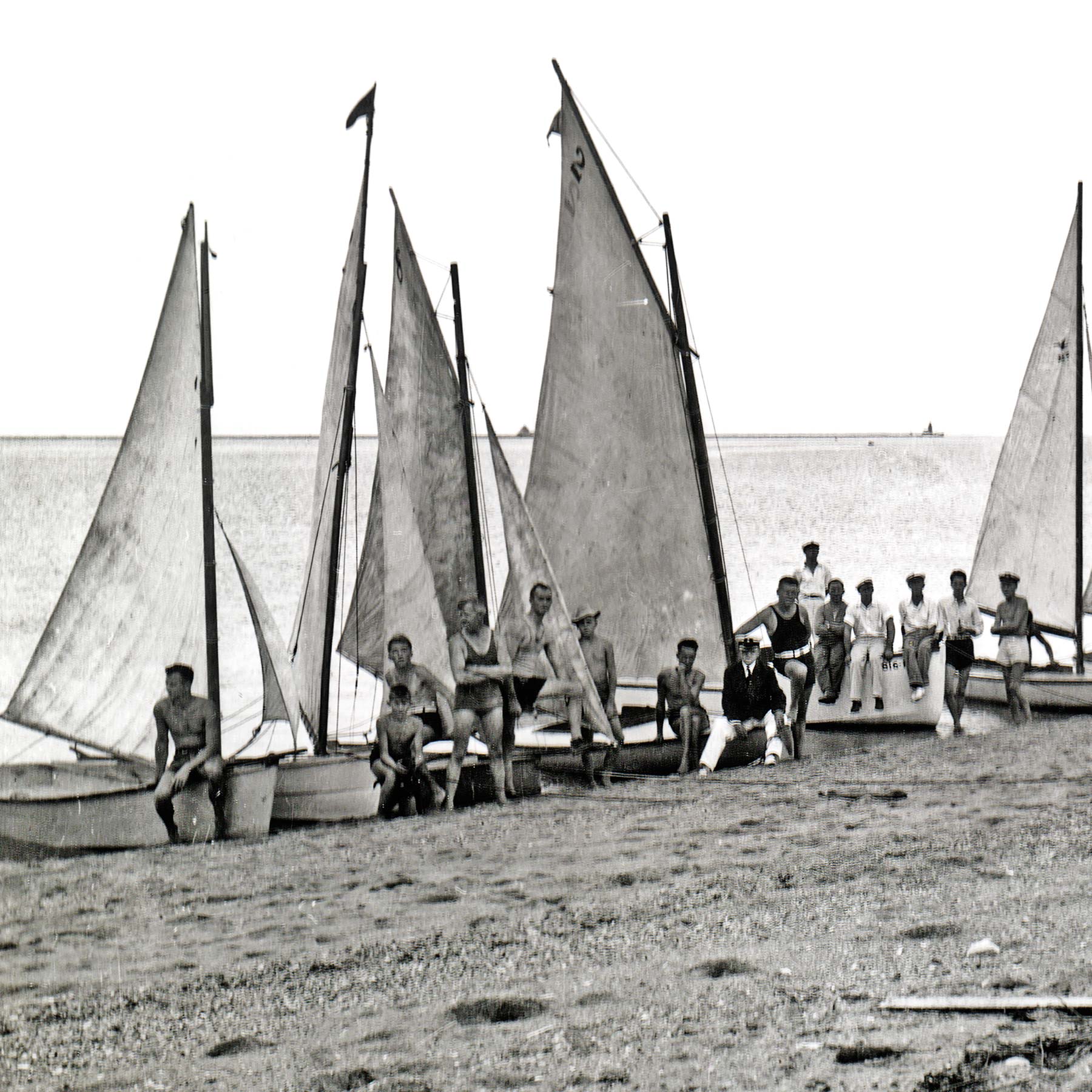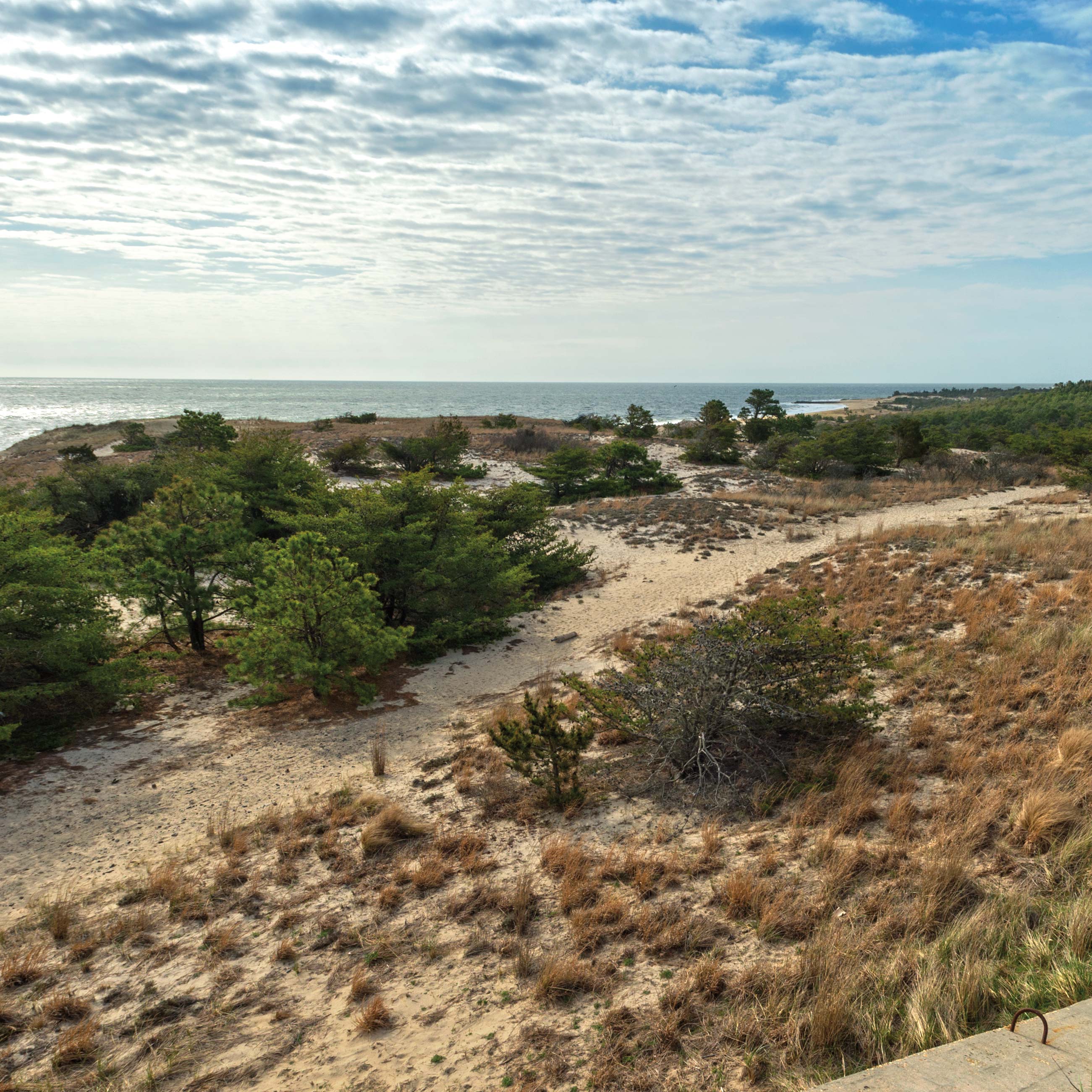Grand Boulevard
- Details
- Written by Alissa Rosenstein
Erased by storms and a broader boardwalk, Surf Avenue was once Rehoboth’s place to be
By Michael Morgan, from the September 2019 issue

Today, Surf Avenue is a quiet residential street at the north end of Rehoboth just beyond the boardwalk. Beginning in the shadow of the Henlopen Hotel, the tree-lined street runs alongside the beach for five blocks before it becomes Zwaanendael Road at Henlopen Acres. What remains of Surf Avenue today is only a hint of the glory it enjoyed as the early resort’s most prestigious address.
In 1873, when leaders of the Rehoboth Beach Camp Meeting Association (an outreach of the Methodist Episcopal Church) established the town, the focal point of the resort was the meeting grounds about three-quarters of a mile from the beach. Several streets, including what was foreseen as the town’s most important artery, Rehoboth Avenue, radiated from the campground eastward until they intersected with Surf Avenue, which ran along a sandy bluff parallel to the beach. At 100 feet wide, this roadway could easily accommodate the many horses and carriages that early visitors drove to get an unobstructed view of the rolling breakers. When the Camp Meeting Association began to sell lots (at prices ranging from $75 to $150 apiece) in the nascent resort, those along Surf Avenue were quickly gobbled up first. Sales on Rehoboth Avenue, which the association believed was “destined to be one of the grandest avenues in the world,” were not as brisk, and many lots near the campground remained unsold.
Wind in Their Sails
- Details
- Written by Alissa Rosenstein
Generations of local families have charted a course to keep a racing tradition alive.
By Jeanne Shook
From the August 2019 issue

In August 1932, as Lewes Beach resident George E. Davisson observed small boats sailing on Delaware Bay, an idea was born. The owner of a small sailboat himself, Maj. Davisson — as he was known — was eager for competition. Why not, he wondered, establish a sailing association to promote racing?
After consulting with fellow Lewes resident Marjorie F. Virden, the two arranged a gathering of other boating enthusiasts from the community and proposed the formation of a sailing club. The idea was well received, and within two weeks the Lewes Yacht Club was established and held its first race.
The competition was rooted in a time-honored practice.
The Cape’s ‘Grandstand’
- Details
- Written by Alissa Rosenstein
Over the centuries, the Great Dune has offered commanding views, a wealth of natural resources, and no small amount of controversy
By Lynn R. Parks | Photograph by This email address is being protected from spambots. You need JavaScript enabled to view it.
From the June 2019 issue

Cape Henlopen State Park’s Great Dune, once called the Great Sand Hill, for years has been the spot where Sussex residents went to get a good view of the coast. “From the top of the Sand Hill is a broad view all around the compass,” wrote the authors of “Delaware: A Guide to the First State,” published in 1938 by the Federal Writers’ Project, part of the New Deal’s Works Progress Administration.
Among the highlights of the view were the “spires of Lewes,” the guidebook said; the “great marshy flats” of Gordons Pond; the “long line of dunes down the coast to Rehoboth”; and the Atlantic Ocean “with the waves breaking over the Hen-and-Chickens Shoals in the foreground, and the Overfalls Lightship riding at anchor 4 miles offshore, steadfastly guarding the shoals.”
Also visible: Cape May, N.J., 13 miles away, which sometimes in hot weather “appears suspended upside down in the air — a startling mirage”; the Harbor of Refuge Breakwater and the “great sweep of the Delaware Bay” beyond it; and the mile-long Delaware Breakwater with its distinctive red Breakwater Light.



